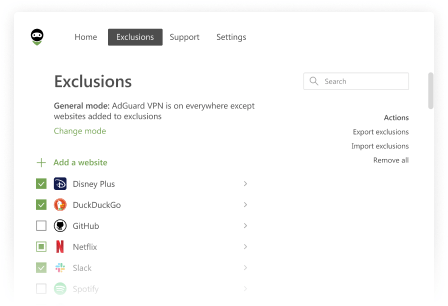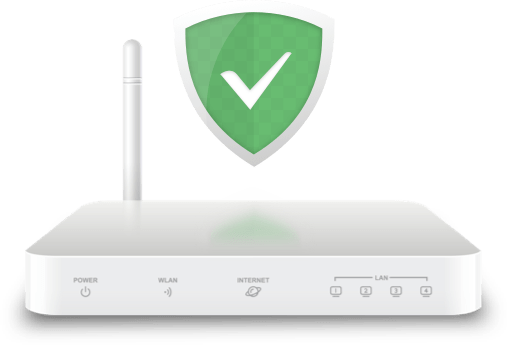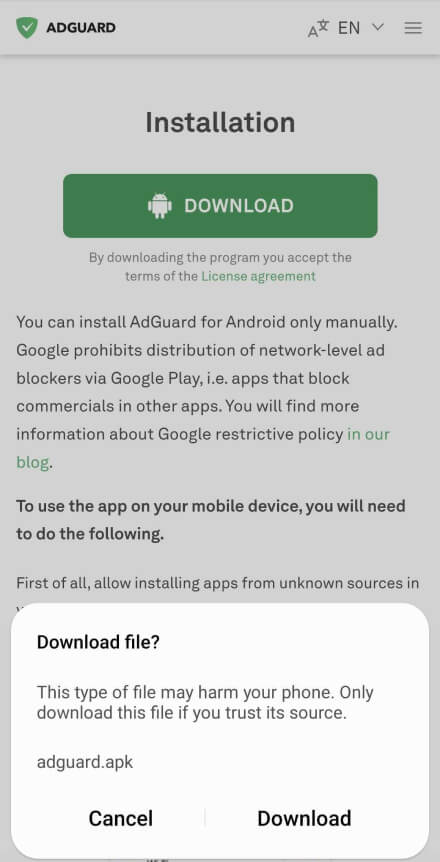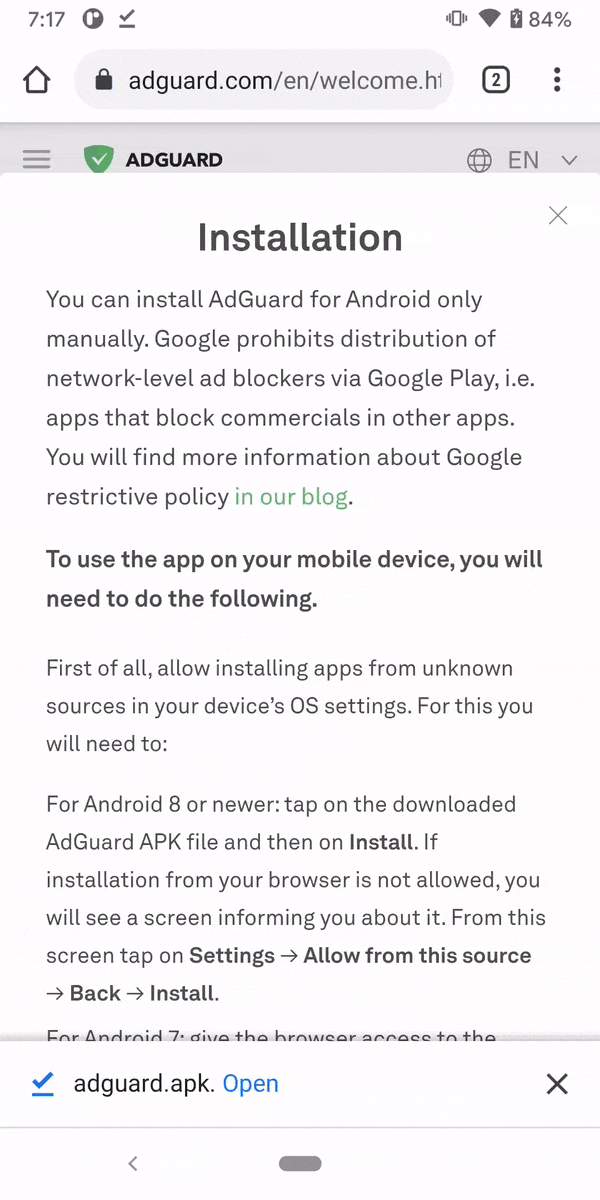What is email security?
Email security refers to the measures and strategies implemented to protect email accounts, communications, and data from unauthorized access, attacks, and other threats. With the prevalence of email as a primary communication tool for both personal and professional purposes, ensuring its security has become critical to protecting sensitive information and maintaining privacy.
Types of email attacks
In this section, we will explain various types of email attacks: phishing techniques, like spoofing, spear phishing, whaling, pharming, and email reply-chain attacks. Also, we will cover malware attacks, business email compromise (BEC), email bombing and how to identify them.
- Email phishing attacks. Email phishing is the most common form of email-based cyber attack. In this attack, the perpetrator pretends to be from a legitimate company or organization. The primary goal is to steal sensitive identity information (such as usernames and passwords) or personal and financial data. Common types of email phishing attacks targeting organizations include spoofing, clone phishing, spear phishing, whaling, pharming, and email reply chain attacks.
-
Spoofing. In email spoofing, the attacker forges an email address that looks like it's coming from a legitimate source, such as a bank or a colleague. This can be done by manipulating the "From" field in the email header to create a fake sender address. The goal is to steal personal or financial information, such as passwords or credit card numbers
-
Spear phishing. Similar to spoofing, spear phishing targets specific individuals or organizations. The emails often contain personalized information to make them appear legitimate. Unlike regular phishing, spear phishing is more targeted, using the recipient's name, position, or other personal information to appear credible
-
Whaling. Whaling attacks are sophisticated and target high-profile individuals within an organization to extract sensitive information, such as trade secrets or financial data. Although less common, they can be very costly if successful
-
Email reply-chain attacks. These attacks use spoofed Reply-To headers to trick recipients into responding to a malicious email. The reply goes to the attacker instead of the original sender, allowing the attacker to gather sensitive information. These are difficult to detect because they often use real account addresses and only slightly alter the message content
- Malware attacks. Email malware attacks involve sending emails with viruses or malware attached in the hopes that the victim would open the attachment and infect their computer. It's important to check for suspicious attachments and never open attachments from unknown senders. Notorious examples of malware email attacks include:
-
Adware. Short for "advertising-supported software," is a type of malware that displays intrusive advertisements on your device. It can be bundled with files or links that you might receive via email, often in the form of seemingly legitimate attachments or links. It’s important to be cautious when downloading files from unknown sources
-
Scareware. Scareware uses fear and urgency to get you to click on a link or open an attachment, making you think your computer is infected or your personal information is at risk. Signs of scareware include poor grammar, mismatched fonts, and fake logos
-
Business email compromise (BEC). BEC is a dangerous type of email attack in which the hacker impersonates a high-ranking company executive to trick employees into wiring money to fraudulent accounts. BEC attacks are becoming more common and often go unreported. To protect yourself from BEC attacks, be suspicious of any requests for money or sensitive information from company executives.
-
Email bombing. Email bombing, or DoS (Denial of Service) email attacks, overwhelm the email server with a large volume of email, preventing the delivery of legitimate emails. These attacks can be manual or part of a larger campaign, and are often used to protest or disrupt business operations. Strong spam filters and up-to-date anti-virus software are the best defense against email bombs.
-
Email hacking. Email hacking involves gaining unauthorized access to an email account in order to steal your personal information, commit fraud, or distribute malicious content. Hackers use a variety of techniques to compromise email accounts, such as phishing or brute-force attacks.
-
Brute-force attacks. This method involves using automated tools to systematically guess passwords until the correct one is found. Attackers may use lists of commonly used passwords or generate combinations until they found the successful one
-
Password reuse and credential stuffing. Credential stuffing involves using stolen username and password pairs from a data breach to gain access to accounts on other services. This method relies on users reusing the same credentials across multiple sites
-
Keylogging. Keyloggers are malicious programs that record keystrokes made on a device. These can capture usernames, passwords, and other sensitive information typed by the user
-
Man-in-the-Middle (MitM) attacks. MitM attacks intercept communications between the user and the email server, allowing hackers to read or modify messages and capture sensitive information
5 ways to improve your email security
Here, we will discuss key measures for improving email security, focusing on authentication and access control, encryption, spam and phishing protection, malware protection, account monitoring, and data loss prevention (DLP).
- Authentication and access control:
-
Strong passwords: Use complex passwords that combine uppercase and lowercase letters, numbers, and special characters. Avoid using easily guessable information such as names or dates of birth
-
Two-factor authentication (2FA): Implementing 2FA adds an extra layer of security by requiring a second form of verification (such as a code sent to a secondary email or mobile app) in addition to the password
-
Single sign-on (SSO): SSO systems allow users to log in once and gain access to multiple applications without needing to re-enter credentials, simplifying user management and enhancing security
- Encryption:
-
End-to-end encryption: This ensures that emails are encrypted on the sender’s device and only decrypted on the recipient’s device, preventing intermediaries from reading the content
-
Transport layer security (TLS): TLS encrypts the communication channel between email servers, making it difficult for attackers to intercept and read emails in transit
- Spam and phishing protection:
-
Spam filters: Advanced spam filters identify and block unwanted and potentially harmful emails before they reach the inbox
-
Phishing detection: Many email services include tools to detect and alert users to potential phishing attempts, which are emails designed to trick recipients into providing personal information
- Malware protection:
-
Antivirus software: Integrating antivirus software with email services can help detect and block malicious attachments and links
-
Safe attachments and links: Email providers often scan attachments and links to make sure they are safe before allowing users to open them
- Account monitoring:
-
Activity logs: Regularly reviewing account activity logs can help identify suspicious login attempts or unauthorized access
-
Alert systems: Many email providers offer alert systems that notify users of suspicious activity, such as attempts to log in from unknown locations
Our solution: AdGuard Temp Mail
AdGuard Temp Mail is a practical tool for enhancing email security, especially when users need to maintain privacy and avoid spam. It provides temporary email addresses that are automatically deleted after a period of inactivity, making it ideal for one-time use scenarios such as signing up for websites and services.
Key features:
-
Temporary and disposable addresses: Automatically generated and discarded after use, helping to protect user privacy and reduce unwanted emails
-
No personal information required: Users do not need to provide any personal information to create a temporary email address
-
Spam protection: The service helps protect against phishing and spam by ensuring that temporary email addresses do not receive harmful content. Even if you receive spam or phishing emails, they will stay at your disposable email address, not your main email address
-
Ad-free experience: Users can enjoy the service without the distraction of advertisements, because AdGuard Temp Mail has no ads at all
Conclusion
Email security is an essential aspect of modern communication, and includes a variety of strategies and tools to protect against threats. From using strong passwords and two-factor authentication to using encryption and spam filters, there are many ways to protect email accounts and communications. By understanding and implementing these measures, individuals and organizations can better protect their sensitive information and maintain the integrity of their email communications.












































